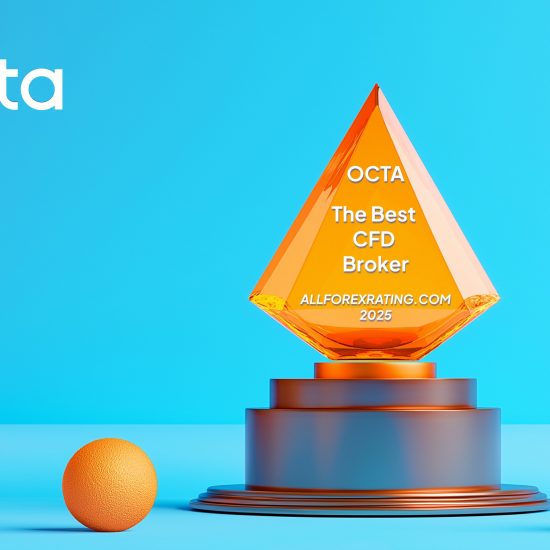By Rachel Smith
The eCommerce world is very profitable. The competitive atmosphere of the eCommerce industry has made it difficult for small eCommerce stores to establish themselves amongst competitors. Maintaining a strong and continuous online presence is an absolute necessity for an e-commerce business looking to build awareness and boost sales. That’s why other eCommerce businesses are looking for ways to get their store and products noticed online, and they’ve found a perfect solution – micro-influencers. ECommerce stores are turning to micro-influencers because they perform at least 90% of successful influencer marketing.
Influencer marketing for eCommerce has immense potential to power brands’ visibility as many people are finding commodities to buy, travel destinations, and places to eat from influencers. Moreover, brands have nearly countless choices of brand promotion partners. Choosing influencers that suit the brand can significantly impact, with follower counts ranging from minuscule to massive. While many eCommerce businesses assume that going bigger is better, that is not always the case. Specifically, micro-influencers are regularly underutilized sources that distinguish brands from their competition.
Who are Micro-Influencers?
A micro-influencer is a social media pioneer with followers going from 500 to 25,000 as an enthusiastic crowd. When we check out our companions’ circle, there might be individuals posting consistently and nicely and, hence, may have obtained followers intrigued by what they need to say. Micro-influencers are bound to collaborate with brands they love, want to support, and share with their audience.
Micro-Influencers as eCommerce Engagement Leaders
Micro-influencers promise higher engagement and spread brand awareness. Micro-influencer marketing has high potential and has gained prominence in India with the popularity of new digital content sharing platforms. Progressive marketing strategists are already striving to leverage these networks to provide a competitive advantage for their brands. As businesses go digital, now is the right time for brands to find their heroes, engage with the micro-influencer, and reach new heights. Here are some other reasons why your eCommerce business should work with micro-influencers to increase eCommerce sales:
- Affordable endorsement prices: Micro-influencers are affordable for brands due to their smaller-scale size. These influencers are consistently looking to grow their following, so it is common to overserve their brand partners to build long-term relationships. These factors usually create a strong ROI for a brand’s spending.
- More high-quality leads: Due to their smaller numbers, the demand for jobs with micro-influencers is lower, and they often look to the brands they want to work with. Therefore, micro-influencers are more likely to associate with brands they like, want to support, and share with their audience.
- Great niche expertise: Micro-influencers have the potential to engage audiences around topics that are specific to a particular interest. This micro-influencer tends to be an expert in their field and has followers due to their unique and specialized interests. Brands can tap into these highly organized communities, allowing a degree of targeting not possible with macro-influencers.
- Micro-influencers include a personal story: E-commerce business owners, even if you try to include personal stories in these conventional ads, still seem staged, making it harder for the audience to trust. However, micro-influencers can create an ad that looks like a real-life example. They can benefit your promotion because they usually include a personal story, making your product or service more reliable and recognizable.
- Increase engagement with micro-influencers: A common concern with micro-influencers is that their follower count is lower, which reduces the number of eyes viewing sponsored content. However, micro-influencer engagement and follower conversion are typically higher because users trust the individual, are more likely to comment and interact, and most importantly, click the ‘buy’ button.
- Get closer to your audience: It has become evident that trust and a close relationship with the public are essential in influencing purchasing decisions. People trust a business more when they have received a recommendation from a close friend or acquaintance. Micro-influencers have fostered a connection with their audience.
- Immediately lead the audience to your business: A great way to create a profitable marketing strategy using micro-influencers is to have them lead your target audience directly to your website or landing page, which in turn will lead to increased sales. You need to provide the selected influencers with the necessary links to promote your business.
Micro-influencers can engage your target audience at the peer level. This means that their audience has a far more intimate connection with them and is hence more engaged and willing to listen to the things they offer. People trust the opinions and advice of those they care about. Be strategic in choosing which influencers you want to partner with to create your eCommerce brand message the right way.
Author Bio:
Rachel Smith is a communication executive who works with the content marketing team at Affable, an influencer marketing company that provides AI-driven solutions that allows you to plan and execute your influencer campaigns strategically. She develops content around social media and marketing topics that can help her readers understand how to pick the right influencers, measure their impact, and run effective influencer campaigns. In her free time, she loves meeting new people and attending workshops on communication and psychology.”
Also published on Medium.




